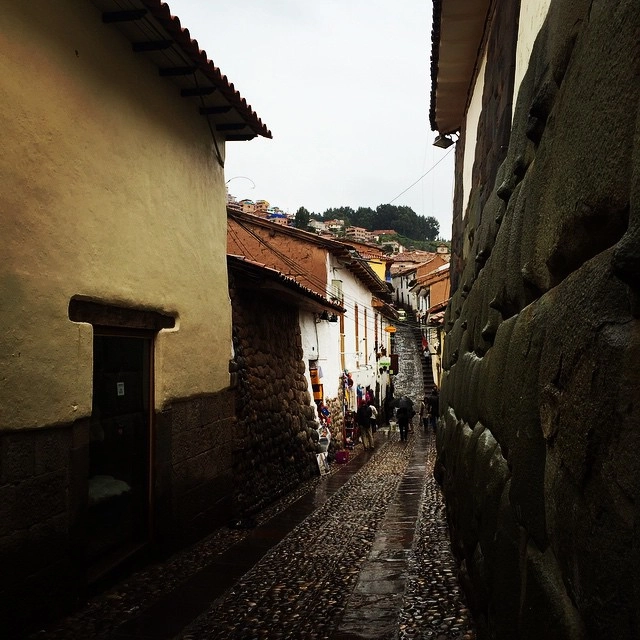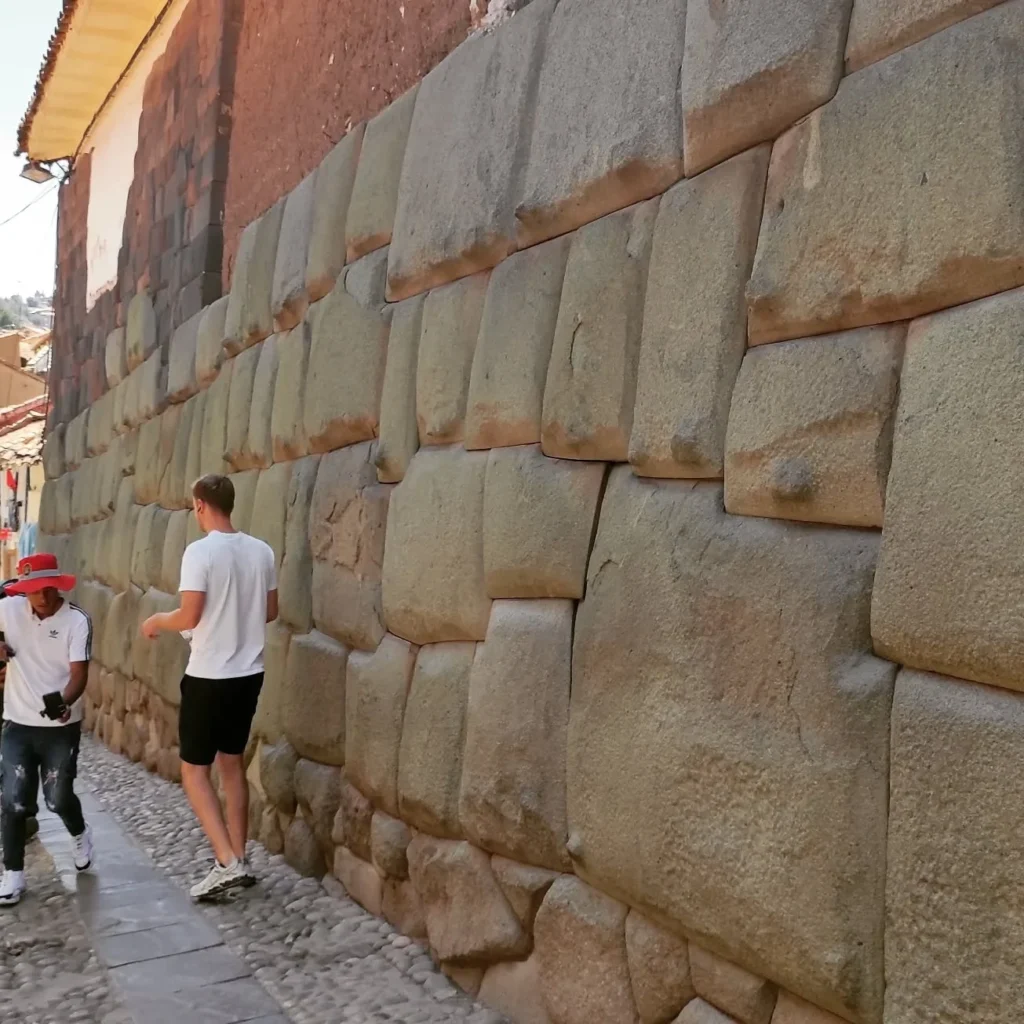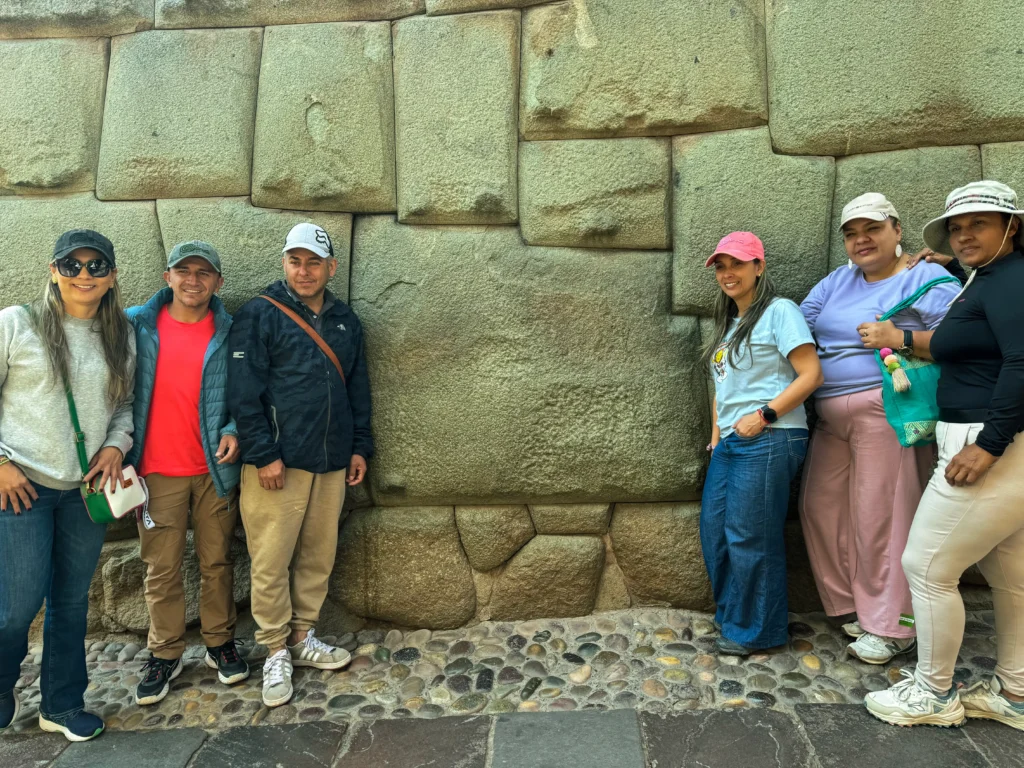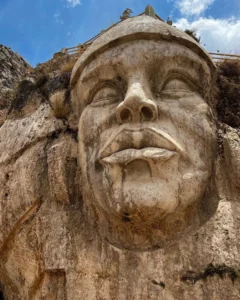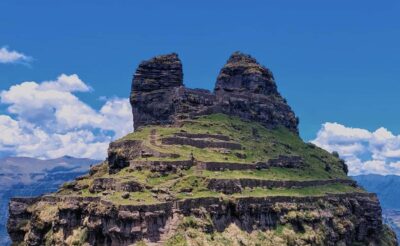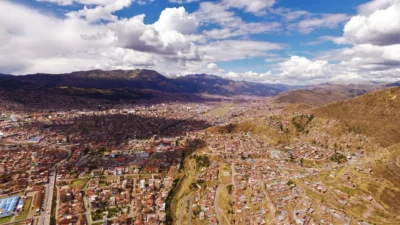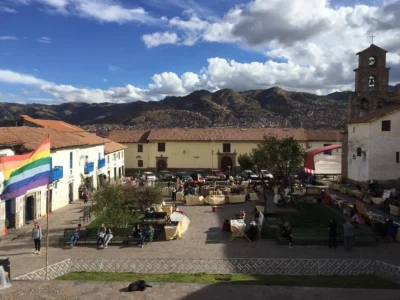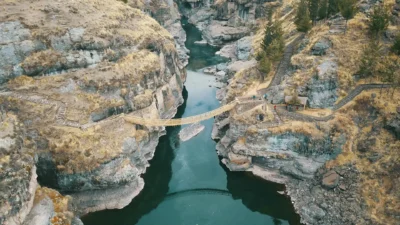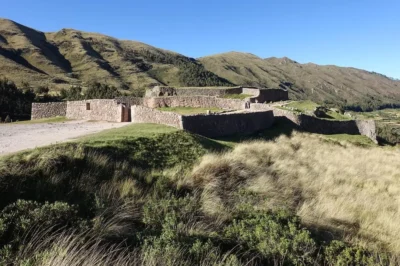In the heart of Cusco, the Stone of the 12 Angles stands as a symbol of the architectural and cultural prowess of the Incas. This iconic stone block not only attracts tourists from all over the world but is also key to understanding the majesty of the Inca Empire. In this complete guide, we will tell you about its history, characteristics, and practical tips to make the most of your visit.
Location of the Stone of the 12 Angles in Cusco and How to Visit It
Where is the Stone of the 12 Angles?
The Stone of the 12 Angles is located on Hatun Rumiyoc Street, within the picturesque neighborhood of San Blas, an area known for its bohemian charm and narrow cobblestone streets. It is part of the wall of the Archbishop’s Palace, the former residence of Inca Roca.
How to Get There from Downtown Cusco?
From Cusco’s Plaza de Armas, you can walk there in approximately 5 to 10 minutes. Simply follow Triunfo Street until you reach Hatun Rumiyoc Street, where the stone is located.
Tips to Easily Find the Stone
- Use Google Maps and search for “Stone of the 12 Angles” for precise guidance.
- Follow the signs leading to the San Blas neighborhood.
- Ask locals, as they are accustomed to guiding tourists.
- Visit early in the morning or at sunset to avoid crowds.
Characteristics of the Stone of the 12 Angles
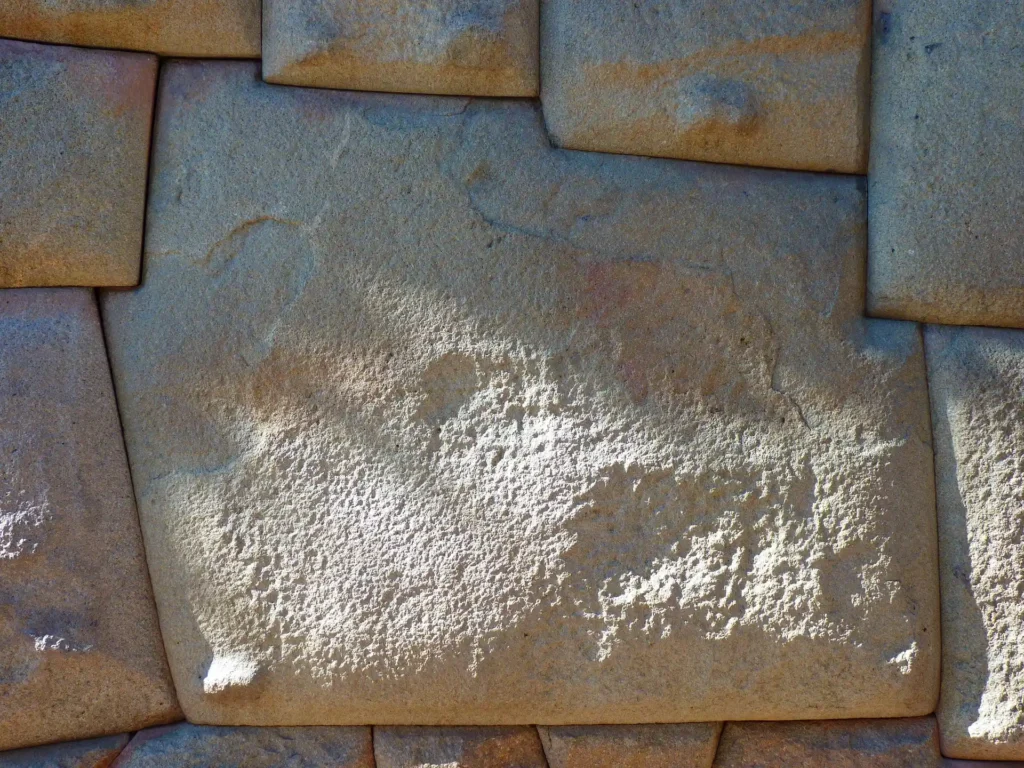
Estimated Measurements and Weight
The stone is approximately 1.6 meters high, and its weight is estimated to be several tons. Although it is not the largest among Inca stones, it stands out for its impressive design and perfect fit.
Design and Perfection of the Angles
As its name suggests, the stone has 12 perfectly carved angles, fitting seamlessly with the adjacent stones. Its fit is so precise that no mortar is needed, showcasing the Incas’ advanced masonry technique.
Architectural Importance
This stone is part of the walls of Inca Roca’s palace, now the Archbishop’s Palace of Cusco. Its earthquake-resistant construction has allowed it to remain intact for centuries.
History and Mysteries of the Stone of the 12 Angles
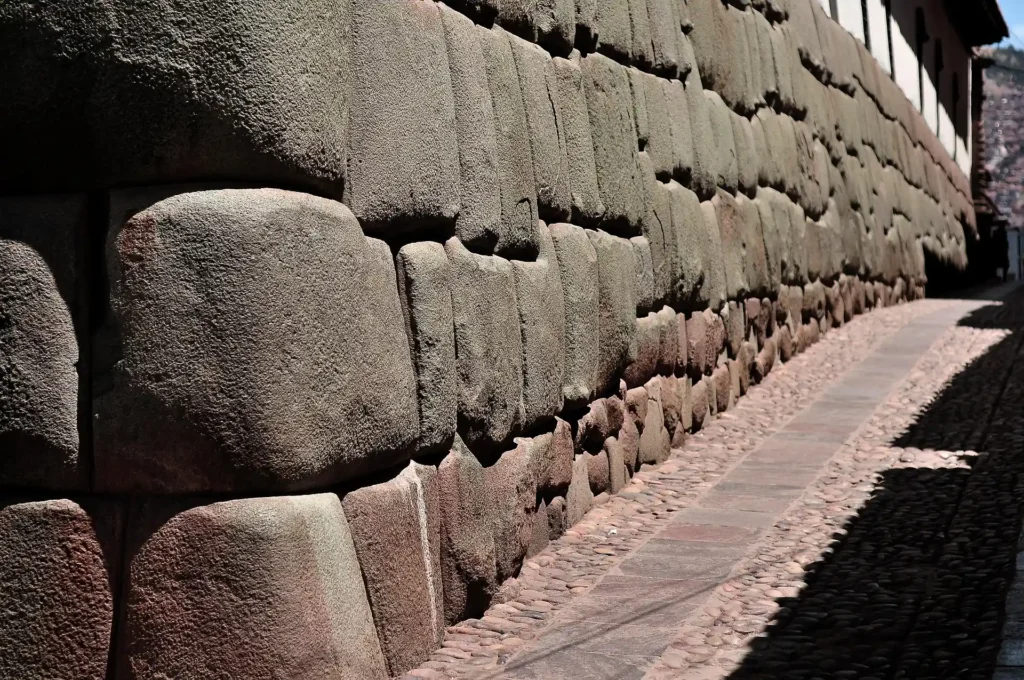
Symbolism and Theories About Its Construction
The Stone of the 12 Angles represents Inca architectural precision and has given rise to various theories about how it was crafted:
- Legends claim that the Incas possessed techniques lost in time or even supernatural knowledge.
- Some scholars believe the Incas used copper tools and sand to carve and polish the stone.
- Others suggest they employed advanced knowledge of geometry and levers for the perfect transportation and fitting of the rocks.
Relation to Other Inca Stones in Cusco
The perfection of this stone’s carving is not an isolated case. In Cusco, other Inca structures have similar features, such as Sacsayhuamán and Qorikancha, which also reflect the skill of this civilization.
Practical Tips for Visiting the Stone of the 12 Angles
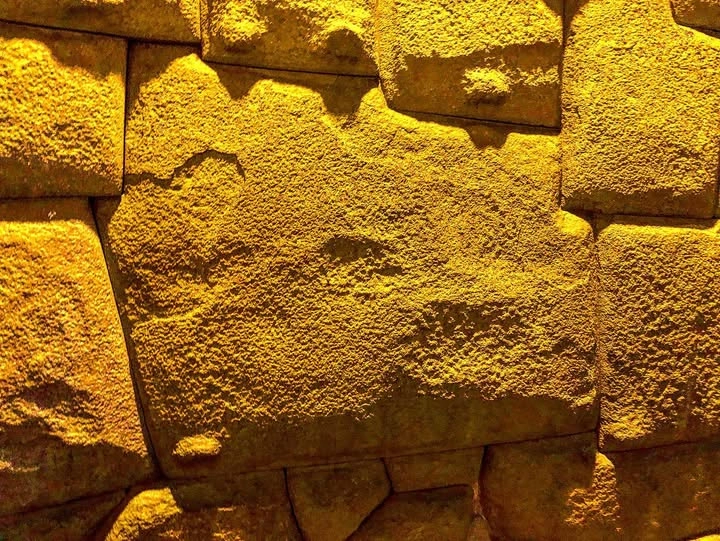
Schedules and Costs
- Free entrance.
- Open all day, though visiting early or at sunset is recommended to avoid crowds.
What Should You Bring for Your Visit?
- Camera or phone: To capture unique photos.
- Water: Stay hydrated while exploring the San Blas neighborhood.
- Comfortable shoes: The cobblestone streets can be slippery.
Best Time to Visit
Early in the morning or late in the afternoon are ideal times to avoid crowds. If possible, visit during the low season, between April and November, when there are fewer tourists.
Other Attractions Near the Stone of the 12 Angles
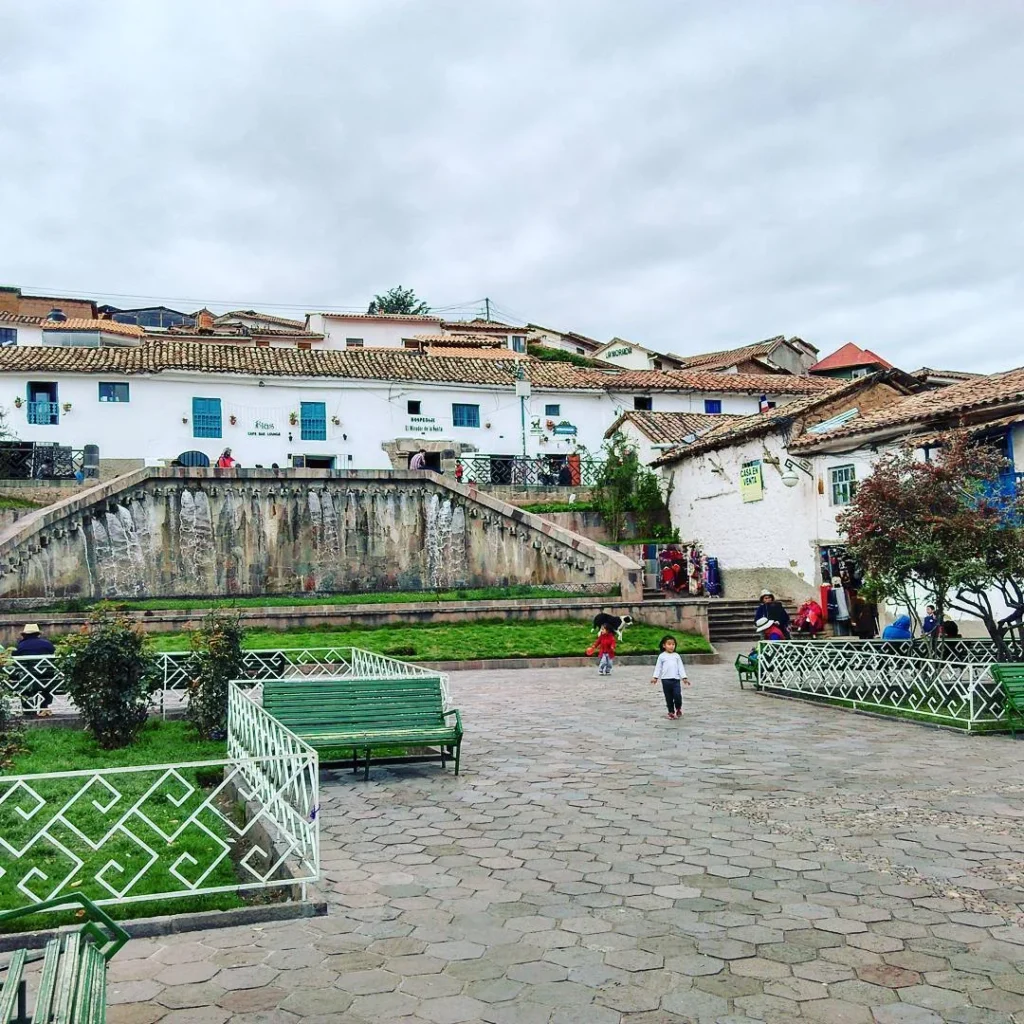
Iconic Streets of the San Blas Neighborhood
San Blas is known for its colonial streets and artisans. Some notable streets include:
- Cuesta de San Blas, offering panoramic views of the city.
- Palacio Street
Nearby Temples and Museums
- San Blas Temple: Known for its impressive carved wooden pulpit.
- Pre-Columbian Art Museum: Ideal for learning about the region’s history.
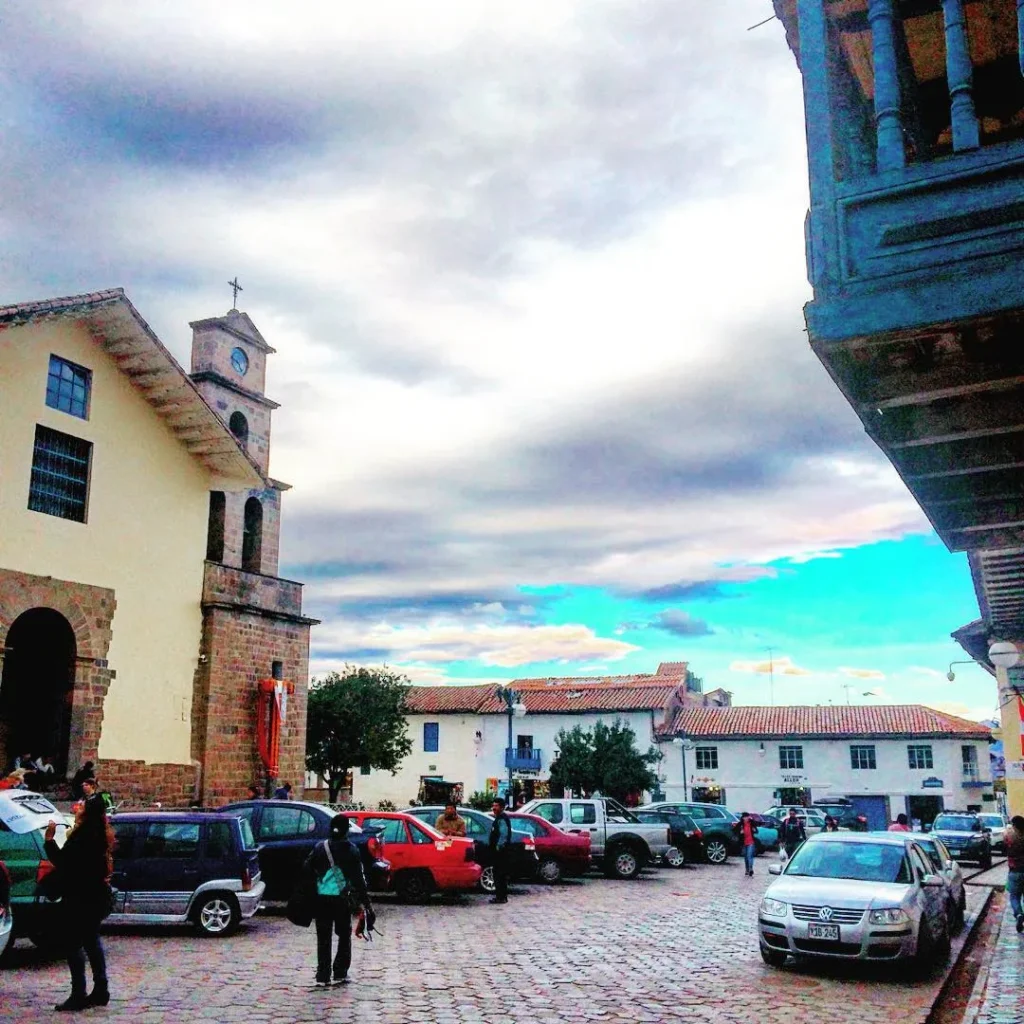
Handicrafts and Local Markets
In the San Blas neighborhood, you’ll find a wide variety of artisan shops where you can buy textiles, jewelry, and handmade souvenirs crafted by talented local artisans.
Frequently Asked Questions About the Stone of the 12 Angles
Is It Possible to Touch the Stone?
It is not allowed to touch the stone, as it is part of a protected heritage site. Visitors can get close to observe and take photos but must respect the established rules.
Can I Take a Picture with the Inca Guarding the Stone?
Yes, sometimes people dressed as Incas are near the stone, and you can take a picture with them. Keep in mind that this service may require a voluntary tip.
Where Can I Find a Tour Guide?
In Cusco’s historic center, you will find guides offering walking tours, including a stop at the Stone of the 12 Angles. Some even include explanations of other nearby attractions.
Are There Other Similar Stones in Cusco?
Yes, Cusco has many Inca constructions where similar techniques can be observed. Sacsayhuamán and Qorikancha are some of the most notable examples.
Is It Dangerous to Get Close to the Stone?
No, the area is safe and well-monitored. However, be cautious when walking on the cobblestone streets.
What Other Tourist Places Near the Stone Can You Visit?
Besides the San Blas neighborhood, you can explore Plaza de Armas, Qorikancha, and nearby artisan shops, making your visit a complete experience.
Book Your Tour Now and Discover the Secrets of the Incas!
Photo and Video Gallery of the Stone of the 12 Angles
End your tour with a collection of photos and videos highlighting the beauty of this Cusco icon. Share your experience on social media and help other travelers discover the magic of the Stone of the 12 Angles.
